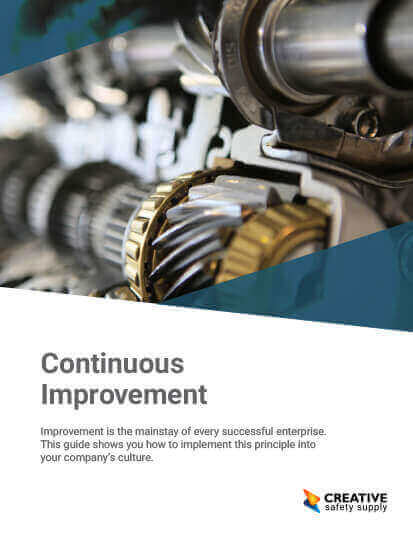
Benchmarking, in the sense of Lean manufacturing and Six Sigma, is a comparison tool that organizations use to discover what is the best performance being achieved. An organization should first understand their current process performance gaps to understand what processes need benchmarking. Companies will use benchmarking to look at the level of processes, products, or successes of a competitor or other business and compare that with their own. For benchmarking to be successful, companies then to take this information and use it to improve processes and gain a competitive edge.
Benchmarking can be broken down into three different categories:
- Internal benchmarking: This type of benchmarking is used when a company has already established best practices, and proven they were the best. The company is then ready to share them with other companies in the same industry.
- Competitive benchmarking: This may be the most common type of benchmarking for a company. Competitive benchmarking takes place when a company wants to evaluate their position within the specific industry but can also be used when a company is looking to identify industry performance targets.
- Strategic benchmarking: Strategic benchmarking may be the most challenging for a company to complete because it is used to identify and analyze world-class performance. Unlike the other two types of benchmarking, this one is obtained from companies outside of the specific industry.
It is important to note that although a component of benchmarking is gathering information on a company, is not the same practice as competitor research. Instead, benchmarking focuses on best practices and should be utilized continuously, not as a one-time event or a quick fix. In Six Sigma, benchmarking is seen as necessary for maintaining a competitive edge and forming partnerships in order to effectively share information. This practice is most successful when an organization not only identifies strengths and weaknesses in comparison to other companies, but then takes that information to adapt their own processes.
Similar Glossary Terms
- World Class Manufacturing
- Strategic Planning Process
- Yokoten
- Key Performance Indicators (KPI)
- Kata
- DMAIC
- Balanced Scorecard
- Centerlining
- SIPOC Diagram


